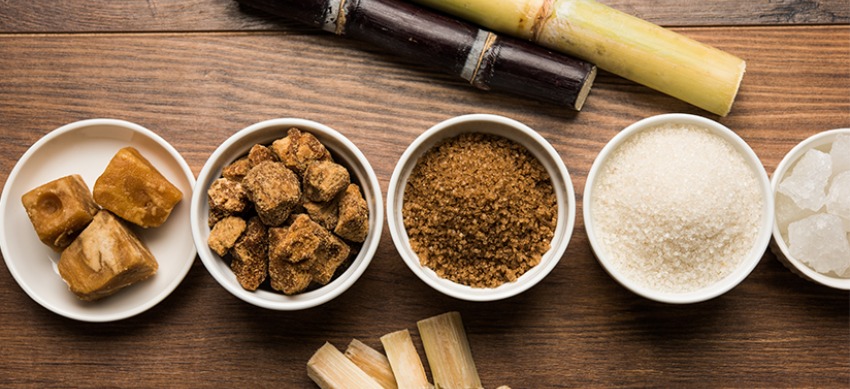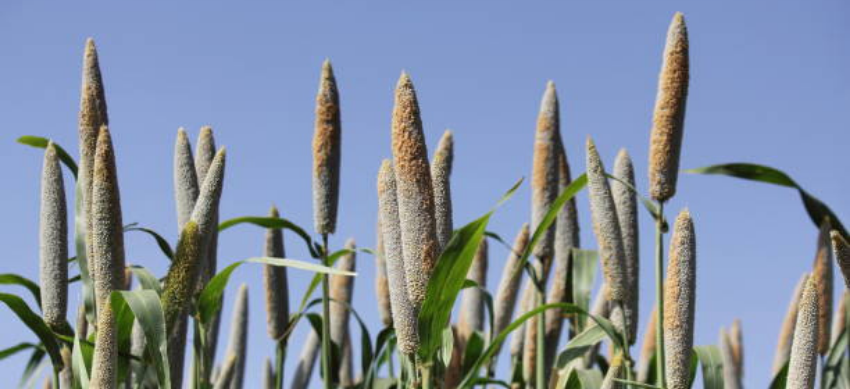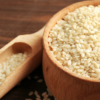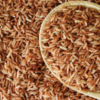If you have a sweet tooth, you are probably concerned about how many calories you consume while eating your favourite dessert. However, if you obtain detailed information on the calorie content of two commonly used sweeteners, you can choose your preferred sweetener. Sweeteners such as Jaggery and sugar are widely used throughout the country. In addition, honey and brown sugar are used. This article will compare the calories in Jaggery to those in brown sugar. How is Jaggery better for you than Brown Sugar?
Sugar has been a staple of our diet since prehistoric times. Many of our desserts, smoothies, shakes, and drinks are only sweet because of the sugar. It balances the flavour of the other ingredients while providing numerous health benefits. However, we have heard many people say that you should limit the amount of sugar in your diet, that sugar causes many health problems, and so on. As a result, many people are confused about white sugar crystals and other healthy alternatives to sugar, such as brown sugar and organic jaggery powder, to name a few.

Brown sugar and Jaggery are both used as sweeteners in foods and beverages. Both have a similar taste and color, but some differences make each ingredient unique in its way.
Both Jaggery and brown sugar are considered healthier alternatives to white sugar, but when it comes to choosing between them, we frequently confuse the benefits of each. Learn the distinctions between brown sugar and Jaggery and which is superior.
So, let us go over brown sugar and Jaggery one by one. Essentially, we must recognize that all types of sugar available on the market, whether regular sugar, brown sugar, or Organic Jaggery Powder, come from a single source: sugar cane. The primary distinction between them is the different processing methods. Molasses is a dark brown-coloured juice obtained during the processing of sugar cane. It is separated to get fine crystals of white sugar. Brown sugar is obtained by further processing molasses, whereas Jaggery is unrefined coarse brown sugar obtained through traditional methods.
Difference between Jaggery and brown sugar
- Jaggery is made using a unique process and method. Jaggery is unrefined sugar that is produced without the use of a centrifuge. Brown sugar, on the other hand, is refined sugar that has been centrifuged. Because the charcoal treatment is part of the white sugar refinement process, Jaggery is vegan, whereas brown sugar is not.
- Jaggery is naturally derived from sugar cane but can also be obtained from palm sap. Sugar cane is the source of the sugar crystals and molasses in brown sugar. Jaggery is more expensive and scarcer than brown sugar. Brown sugar is more widely used worldwide, while Jaggery is only found in a few places
- Jaggery is less sweeter than brown sugar, and its colour can range from light brown to dark brown. Brown sugar is consistent because it is simply white sugar mixed with molasses.
- As Jaggery contains vitamins and minerals, it is a healthier alternative to white sugar. However, it is still a type of sugar, and consuming too much of it can harm one’s health.
- Good quality jaggery contains approximately 70% sucrose. White sugar, on the other hand, has 99.7 percent sucrose.
Nutritional Value
- Both products have the same number of calories. Certain minerals, such as calcium, potassium, iron, and magnesium, are found in molasses but only in trace amounts in brown sugar. As a result, you will receive no real benefits. Jaggery, on the other hand, is healthier than brown or white sugar because it contains iron and minerals.
Sweetness
- Jaggery has a lower sweetness than brown sugar. It tastes different than brown sugar because it is mineral-rich.
Glycemic Index
- It is a metric or value that indicates how slowly or quickly a food raises blood glucose levels in your body. Food with a low GI value releases glucose steadily and slowly, whereas food with a high GI value releases glucose rapidly.
The chart shows the Glycemic index of Jaggery is 87.4, and 65 is the glycemic index of Brown sugar.
| Sweetener | GI |
| Jaggery | 84.1 |
| Sugar | 65 |
| Brown Sugar | 64 |
| Honey | 45-64 |
Is Jaggery and Brown Sugar the same?
No, Jaggery and brown sugar are not interchangeable. The previous section demonstrated that some significant differences do not make them the same. However, if you want to live a healthy lifestyle, you must reduce sugar intake. Based on the nutrition facts for brown sugar Gi and Jaggery, it appears that Jaggery is more beneficial than brown sugar.
If you have diabetes, you can consume Jaggery in moderation because it has the potential to raise blood sugar levels.
Uses
Jaggery can be used in the same ways as sugar, such as in cooking, baking, flavouring, and sweetening food and drinks. By substituting Jaggery for sugar in muffins, you can increase the effectiveness of Jaggery as a baking ingredient. They found no discernible difference in the final product’s appearance, taste, or storability. Jaggery can be combined with natural flavourings like black pepper, ginger, lemon, or cardamom, as well as nutritional additives like protein, amino acids, and vitamins. In some countries, Jaggery is referred to as medicinal sugar and is consumed to promote health and a longer life span.

Benefits of Jaggery
Unlike sugar, Jaggery is high in vitamins and minerals, essential components of a healthy diet. Researchers believe that the magnesium found in Jaggery improves nervous system function and that the high iron content may protect against anaemia. Jaggery consumption regularly can:
- increase energy levels
- treat lung and bronchial infections
- relieve constipation
- relieve stress
- treat premenstrual syndrome
- have antioxidant and anticarcinogenic properties
- aid in digestion, detox the liver and blood
We should consume sugars in moderation. According to the Dietary Guidelines for Americans, 2020-2025, a person’s daily intake of added sugar should be less than 10% of total calories.
Conclusion
It is critical to maintaining one’s health and fitness. You must keep track of your calories to do so. And if you have a sweet tooth, you should keep track of the calories you consume while tasting anything sweet. According to WHO guidelines, an adult’s recommended amount of sugar is less than 10% of the total calories consumed. As a result, 3 to 4 teaspoons of sugar per day is considered safe for a healthy person.
Finally, regardless of whether our taste buds prefer high caloric and sweet dishes, we can conclude that Organic Jaggery powder is an excellent substitute for regular and brown sugar. Undoubtedly, it is high in nutrients and thus provides numerous health benefits. So, choose healthy ways to prepare your meals and stay fit.
ZZorganic not only conveys the need for an organic shift but also represents purity and authenticity. ZZorganic has a large selection of spices and much more. We have pledged to provide our customers with the best organic pulses on the market, as well as natural, chemical-free organic white sugar. Order now Healthy Groceries List











